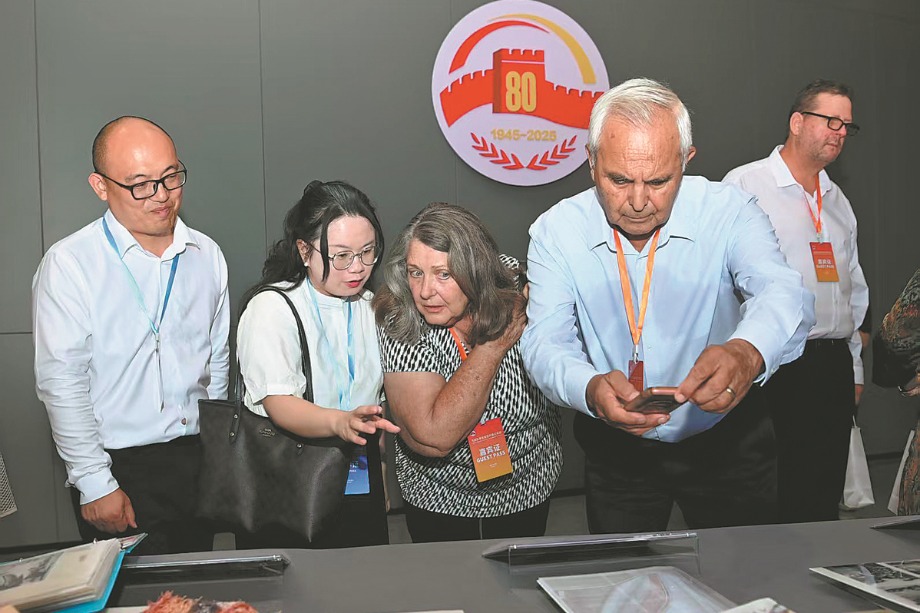Market may top $2 billion next year

A report compiled by three expert bodies, including the Institute of Process Engineering at the Chinese Academy of Sciences and the Chinese Research Academy of Environmental Sciences, suggests that the annual value of the nation's battery recycling sector is likely to exceed 15.6 billion yuan ($2.2 billion) next year.
Investor interest and funding have been so sensitive to the market potential that the processing capacity in the pipeline dwarfs the total output of new batteries.
Industry insiders say the government must introduce a high entry threshold to prevent excessive competition in a sector that may have to depend on subsidies to survive, and the crackdown on unlicensed processors needs to be intensified to ensure sustainable industry development.
Even though the battery-processing sector is still in the early stages, an unexpectedly large number of players plan to have a finger in the pie.
According to calculations released in December by Sun Zhi, a researcher with the Institute of Process Engineering, the combined capacity of the nation's battery-processing projects - the plans of which have been made public in the past two years - will reach 1 million metric tons.
That could see annual disposal of batteries with a total capacity of 300 gigawatt hours. However, China's installed capacity for battery production in the first 11 months of last year was only about 43.5 GWh, Sun said.
Tianneng Group, a leading battery manufacturer, has already started investing in the disposal sector.
It has confirmed that a plant with an annual processing capacity of 23,000 tons is scheduled to begin operations at the end of the year in Changxing county, Zhejiang province, where the listed company is headquartered.
Total investment in the project stands at 600 million yuan.
Zhao Haimin, general manager of Tianneng's Changxing operation, which is overseeing the project, said the company has been researching and developing technologies to process spent batteries for more than two years.
He said investors have hyped the industry via a large number of investment plans because of "the high importance placed on it by the government".
However, the sector is not a suitable one to hype, because it is "technologically demanding and has narrow profit margins", he added.
"Companies can make a profit processing ternary lithium batteries and other fuel cells that contain high amounts of cobalt, but disposal of other types of lithiumion battery is still not profitable."
While subsidies could be provided to encourage companies to process batteries that offer no profit, it would be better for the government to impose a high entry threshold to restrict the number of processing companies nationwide and prevent excessive competition, he said.
Development of the industry may also be hindered by competition from unlicensed processors, which pay no tax and spend little on pollution control.
By contrast, licensed processing companies pay value added tax at 13 percent when buying spent batteries, and the money they spend on pollution control can account for as much as 20 to 30 percent of their total costs, Zhao said.
Though large numbers of lithiumion batteries have yet to be retired, he said China has already seen lithium batteries used in laptops and cellphones taken out of use. The vast majority are not processed by licensed companies.
Zhang Wenyong, chairman of Tianjin Xinneng Renewable Resources, a company that plans to build a battery-processing plant in Tianjin, said he is investing in the sector because the Beijing-Tianjin-Hebei cluster boasts the largest number of e-vehicles in China, and because the sector is likely to be heavily subsidized.
He plans to start operations at the plant by processing 10,000 tons of spent cells annually to assess cost-control measures before moving up to 30,000 to 50,000 tons.
Control of costs will be a key factor in beating the competition, while price fluctuations of the main metals extracted from spent batteries could have a significant effect on the sector's development, he said.






































